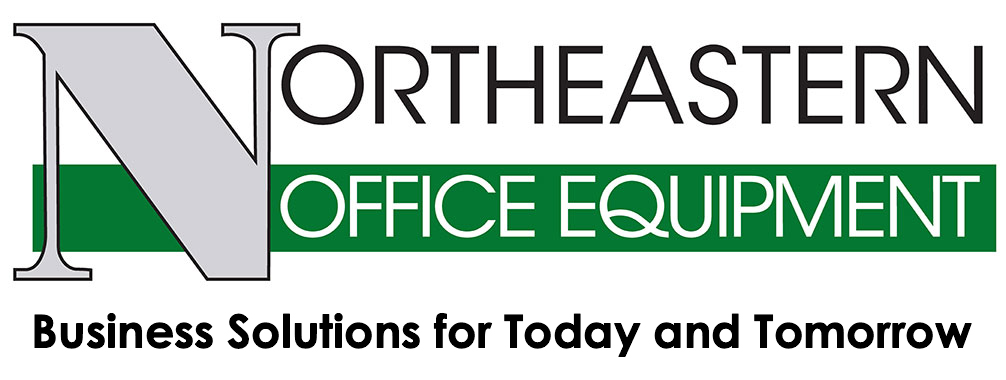The leap to remote working means that businesses went from managing one or several offices to coordinating activities at many home office locations. Alongside this, employees’ expectations for work routines have changed. Many are favoring flexible working hours and want to collaborate with colleagues without technology barriers. The need for tools that enable remote work will persist. According to the BBC’s Future Forum survey of 4,700 knowledge workers, once the COVID-19 pandemic is under control, 12% want to return to full-time office work, and 72% want a hybrid remote-office model moving forward. In response, companies are looking to adopt an agile, flexible approach that embraces this ‘anytime, anywhere, any-device’ model.
If we have learned anything from this year of forced remote work, it’s that worker productivity hasn’t been reduced because employees lack a strong work ethic. If productivity suffered, it was usually due to an inadequate technology infrastructure. Through investment in document management tools that seamlessly integrate with applications and your IT ecosystem, business leaders can support every employee and their individual circumstances, while ensuring business continuity.
Cloud-based solutions are cost-effective and secure
The shift to remote work has highlighted the importance of cloud-based software in streamlining workflows and processes. With the cloud, employees are no longer bound by the limitations of internal networks, meaning that work can continue at the same pace from any location. Its subscription-based model can also be more cost-effective. That’s why as more companies are going to the cloud, rather than making large and unnecessary investments for new hardware. Additionally, cloud-based services are ideal for companies of every size and shape because they are easy to scale up or down depending on your business needs.
It’s vital that companies look at the security and compliance issues that come up when most employees are working from home. From accidental breaches, data mismanagement to access control, businesses need to have the right tools in place and implement best practices, to minimize risk and damage. A cloud-based document management system insures security through strong user authentication, data transfer using HTTPS, document encryption with 256-bit (U.S. military standard), multi-level access control for documents and settings, tracking actions, redundant data storage to offer robust protection against malware and other attacks.
With the right automated business processes in place, regulatory requirements such as HIPAA, CCPA and GDPR and other mandates do not have to slow down an organization. Companies can overcome compliance and security hurdles by modeling digital document management and workflow automation around these rules, so that business leaders and employees are always on top of the latest requirements and minimize the chances of a breach or fine. Investing in a document management solution that encrypts data, has dedicated data centers for global regions and is ultimately designed to be the most secure repository for their data, is important. Automating tedious, manual tasks associated with compliance helps employees focus on knowledge-driven work and critical decision making, enabling greater creativity and productivity no matter where they are based.
Business is now happening everywhere – whether that is still in the office or in an employee’s home. According to an article on the post-COVID office in Fortune magazine, “The office of the future will be a ‘hybrid environment’ with some people returning to the workplace but many continuing to work from home, and it will be intensely focused on innovation and collaboration.“
